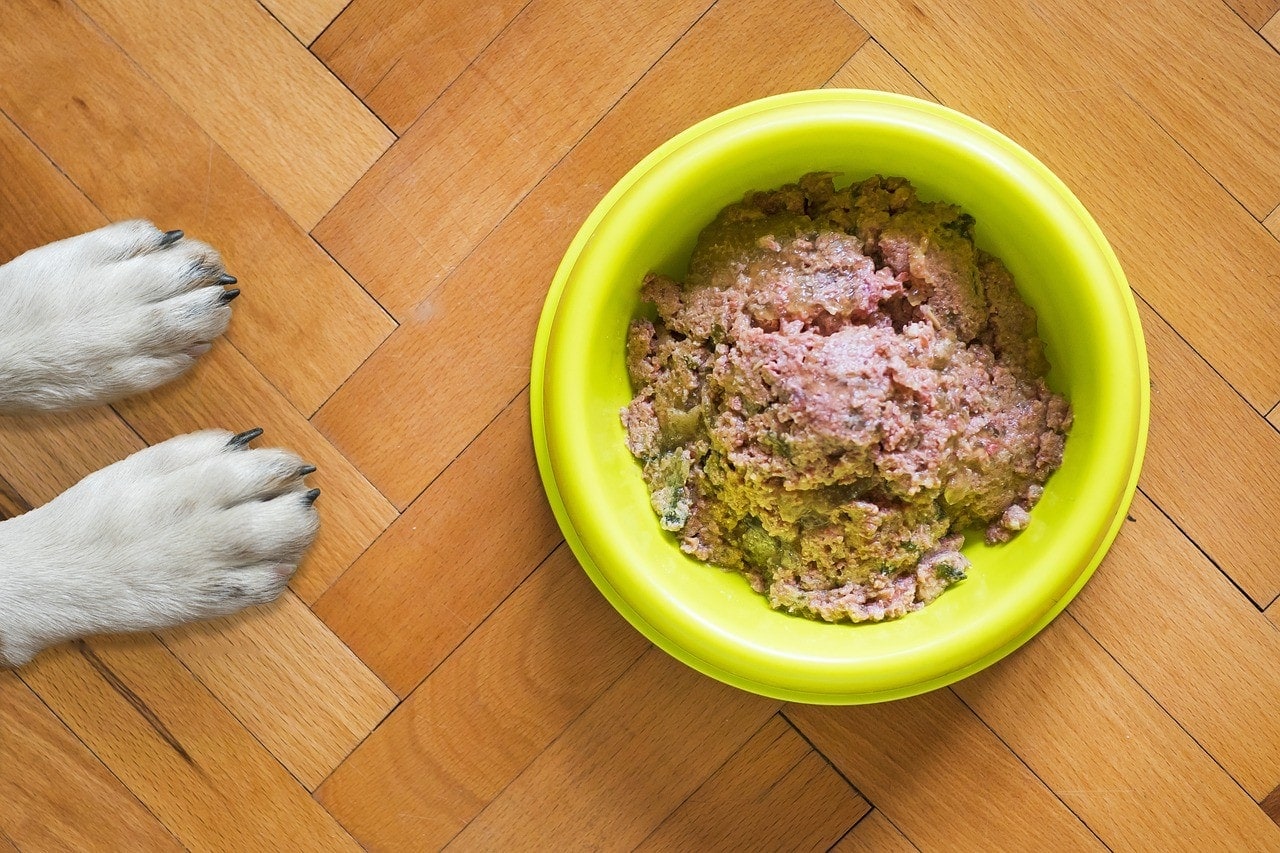

Articles
How To Store Wet Dog Food After Opening
Modified: January 6, 2024
Learn the best methods for storing wet dog food after opening in this informative article. Keep your pup's food fresh and safe with these helpful tips.
(Many of the links in this article redirect to a specific reviewed product. Your purchase of these products through affiliate links helps to generate commission for Storables.com, at no extra cost. Learn more)
Introduction
When it comes to feeding our furry friends, we want to provide them with the best nutrition possible. That’s why many dog owners opt for wet dog food, which is known for its high moisture content and rich flavor. However, once you open a can or pouch of wet dog food, it’s essential to store it properly to maintain its freshness and prevent contamination. In this article, we will discuss the importance of properly storing wet dog food after opening and provide some helpful guidelines to ensure your pup gets the most out of their meals.
Proper storage of wet dog food is crucial for several reasons. Firstly, it helps to preserve the nutritional value of the food. Wet dog food typically contains a higher percentage of meat and moisture compared to dry kibble, providing dogs with essential hydration and added flavor. However, exposure to air and improper storage conditions can lead to the loss of nutrients and the growth of harmful bacteria.
Secondly, correct storage methods help maintain the taste and texture of the wet dog food. Nobody likes to eat a spoiled meal, and dogs are no exception. Storing wet dog food properly will help retain its palatability, ensuring that your canine companion continues to enjoy their meals.
Lastly, proper storage helps prevent food waste. Wet dog food can be more expensive than dry kibble, and throwing away leftover food due to improper storage is not only a waste of money but also contributes to environmental concerns. By understanding how to properly store wet dog food after opening, you can ensure that every serving is fresh and safe for your canine companion.
Now that we understand the importance of proper wet dog food storage, let’s delve into some general guidelines to keep in mind.
Key Takeaways:
- Properly storing wet dog food after opening is crucial to maintain its freshness, nutritional value, and safety. By following the guidelines outlined in this article, you can ensure that your furry friend enjoys every meal while minimizing waste and potential health risks.
- Whether you choose to refrigerate or freeze wet dog food, it’s important to transfer the leftovers to airtight containers, label them, and store them in appropriate conditions. Refrigerated wet dog food should be used within a few days, while frozen portions can be stored for several months.
Read more: How To Store Hot Dogs After Opening
Importance of Properly Storing Wet Dog Food
Properly storing wet dog food is essential to maintain its quality, nutritional value, and safety. Here are some key reasons why it’s important to store wet dog food correctly:
1. Freshness: Wet dog food can spoil quickly if not stored properly. Exposure to air and improper storage conditions can lead to oxidation, resulting in the degradation of its nutritional value and taste. By storing it correctly, you can ensure that each serving of wet dog food remains fresh and appetizing for your furry friend.
2. Nutritional Value: Wet dog food is known for its high moisture content, which helps keep your dog hydrated. However, if left uncovered or stored at improper temperatures, the moisture evaporates, leaving the food dry and unappetizing. Additionally, exposure to air can cause nutrient loss, reducing the overall nutritional value of the food. Proper storage preserves the moisture and nutrients, allowing your dog to benefit fully from their meals.
3. Food Safety: Moist environments provide the perfect breeding ground for bacteria and mold growth. Once a can or pouch of wet dog food is exposed to air, harmful microorganisms can multiply, posing a risk to your dog’s health. Storing wet dog food properly, such as in airtight containers or refrigerated/frozen conditions, helps inhibit bacterial growth and ensures that the food remains safe for consumption.
4. Cost Efficiency: Wet dog food can be more expensive than dry kibble, and wasting it due to improper storage practices can quickly add up. By correctly storing leftover wet dog food, you can extend its shelf life and minimize food waste, saving you money in the long run.
5. Convenience: Properly stored wet dog food allows for easy meal planning and portion control. By dividing the food into individual servings and storing them correctly, you can quickly grab a serving for your dog’s mealtime without the need for constant can opening or pouch handling.
Overall, the proper storage of wet dog food after opening is crucial to maintain its freshness, nutritional value, safety, and preserve your investment. In the following sections, we will explore specific guidelines for refrigerating and freezing wet dog food after opening.
General Guidelines for Storing Wet Dog Food
Proper storage of wet dog food is necessary to ensure its freshness, nutritional content, and safety. Here are some general guidelines to follow:
1. Check the Expiration Date: Before purchasing wet dog food, always check the expiration date on the packaging. Make sure you select cans or pouches with a later expiration date to ensure the longest shelf life possible.
2. Store Unopened Cans or Pouches in a Cool, Dry Place: Keep unopened cans or pouches of wet dog food in a cool, dry location away from direct sunlight. Excessive heat can cause the food to spoil quickly, while humidity can lead to mold growth.
3. Seal Opened Cans or Pouches: If you have any leftover wet dog food after opening a can or pouch, ensure it is properly sealed before storing it. Use airtight containers or covers designed for storing pet food to maintain freshness and prevent odors from being absorbed by other foods in the refrigerator.
4. Label and Date Stored Food: To keep track of storage duration, label each container with the date of opening. This will help you prioritize which portions to use first and avoid keeping them for too long.
5. Store in the Refrigerator: If you plan to use the remaining wet dog food within the next few days, storing it in the refrigerator is the best option. Place the sealed container in the refrigerator’s main compartment, away from raw meat or other potentially contaminated foods. Keep in mind that wet dog food can spoil even in the refrigerator, so it’s essential to use it within a few days.
6. Follow Feeding Instructions: Wet dog food comes with recommended feeding guidelines. Follow these instructions to ensure you’re serving the appropriate amount to your dog. Overfeeding can lead to weight gain, while underfeeding may result in nutrient deficiencies.
7. Avoid Serving from Can Pouches: It’s preferable to transfer the wet dog food from the can or pouch to a separate container before serving it to your dog. This prevents oxidation and contamination, ensuring the food stays fresh and safe for consumption.
8. Dispose of Expired or Contaminated Food: Regularly check your stock of wet dog food for expired or damaged cans or pouches. If you notice any signs of spoilage, such as a foul smell, abnormal texture, or mold growth, discard the food immediately to prevent your dog from consuming it.
By following these general guidelines, you can ensure that your wet dog food remains fresh, safe, and appetizing for your beloved companion. In the next sections, we will explore specific storage methods for refrigerating and freezing wet dog food after opening.
Refrigerating Wet Dog Food After Opening
Refrigeration is an effective method for storing leftover wet dog food after opening. Here are the steps to properly store wet dog food in the refrigerator:
1. Transfer to an Airtight Container: After opening a can or pouch of wet dog food, transfer the remaining food to a clean, airtight container. This helps to preserve freshness and prevent any odors from permeating the refrigerator.
2. Use a Refrigerator-Safe Container: Ensure that the container you use is safe to be stored in the refrigerator. Avoid using plastic bags or aluminum foil as they may not provide adequate protection against air and contaminants. Instead, opt for BPA-free plastic or glass containers with tight-fitting lids.
3. Label and Date the Container: Label the container with the date of opening to keep track of how long the food has been stored. This helps you ensure that you use the oldest portions first and avoid keeping the food stored for too long.
4. Store in the Main Compartment: Place the sealed container with the wet dog food in the main compartment of the refrigerator. Keep it away from raw meat or other potentially contaminated foods to avoid cross-contamination.
5. Use Within a Few Days: Wet dog food can spoil quickly, even when stored in the refrigerator. It is recommended to use refrigerated wet dog food within 2-3 days to ensure its freshness and safety. After this period, the food may become less palatable or even develop an off smell, indicating spoilage.
6. Serve at Room Temperature: Before serving the refrigerated wet dog food to your pup, bring it to room temperature. This can be achieved by allowing it to sit out for a short period or using warm water to gently warm it. Serving the food at room temperature enhances the aroma and taste, making it more appealing to your dog.
By following these guidelines, you can ensure that your leftover wet dog food remains fresh and safe for your furry friend. However, if you have a larger amount of wet dog food that you won’t be able to use within a few days, freezing may be a better storage option. Let’s explore how to freeze wet dog food after opening in the next section.
After opening wet dog food, transfer any unused portion to an airtight container and store it in the refrigerator. Use it within 2-3 days to ensure freshness and prevent spoilage.
Freezing Wet Dog Food After Opening
Freezing is an excellent option for storing wet dog food for an extended period. Follow these steps to properly freeze wet dog food after opening:
1. Divide into Portions: If you have a large quantity of wet dog food left after opening, divide it into smaller portions. This allows for convenient thawing and prevents the need to refreeze the entire batch when you only need a portion.
2. Use Freezer-Safe Containers or Bags: Transfer each portion of wet dog food into individual freezer-safe containers or bags. Ensure that the containers or bags have airtight seals to prevent freezer burn and maintain the food’s quality.
3. Label and Date the Containers: Clearly label each container or bag with the date of freezing to keep track of how long the food has been stored. This helps you prioritize the oldest portions and ensures that the food doesn’t stay in the freezer for too long.
4. Remove Excess Air: If using freezer bags, squeeze out excess air before sealing them. This helps prevent freezer burn and maintains the food’s texture and flavor.
5. Place in the Freezer: Put the containers or bags of wet dog food in the freezer. Position them in a way that allows for proper air circulation to ensure even freezing.
6. Thaw Before Feeding: When you’re ready to use a portion of frozen wet dog food, transfer it from the freezer to the refrigerator and allow it to thaw. Thawing in the refrigerator is the safest method as it minimizes the risk of bacterial growth. Alternatively, you can thaw the food using the defrost function in a microwave or by placing it in a bowl of warm water.
7. Use Within the Recommended Time: Frozen wet dog food can typically be kept in the freezer for several months. However, it’s best to use it within 2-3 months for optimal taste and quality. Always check for any signs of freezer burn or deterioration before serving the thawed food to your dog.
By following these steps, you can safely freeze and store wet dog food after opening, ensuring that each portion remains fresh and nutritious for your canine companion. Remember to always thaw and serve the food at room temperature for the best dining experience.
Read more: How To Store Open Wet Dog Food
Tips for Properly Storing Wet Dog Food
Proper storage of wet dog food is vital to maintain its freshness, nutrition, and safety. Here are some additional tips to help you store wet dog food properly:
1. Follow Manufacturer’s Instructions: Read and follow the manufacturer’s storage recommendations on the packaging. Different brands may have specific instructions for storing their wet dog food, so it’s essential to adhere to their guidelines.
2. Use BPA-Free Containers: When transferring wet dog food into storage containers, make sure to use BPA-free plastic or glass containers. BPA (bisphenol A) is a chemical found in some plastics that can leach into food, potentially causing health issues.
3. Keep Storage Containers Clean: Before transferring wet dog food to a storage container, ensure that it is clean and free from any residue or previous food particles. This helps maintain food hygiene and prevents the growth of bacteria.
4. Consider Single-Serve Containers: If you prefer to portion wet dog food for each meal, consider using single-serve containers or reusable silicone molds. This allows for easy portion control and reduces the need to open a large can or pouch repeatedly.
5. Rotation System: To ensure that you use the oldest wet dog food first, implement a rotation system. Place newly opened cans or pouches at the back of the storage area and move older ones to the front for easier access and consumption.
6. Avoid Mixing Fresh and Stored Food: It’s best to avoid mixing freshly opened wet dog food with stored portions. This helps prevent potential cross-contamination and allows you to track the freshness of each serving separately.
7. Temperature Monitoring: If you frequently experience power outages or fluctuations in your refrigerator’s temperature, consider using a digital thermometer to monitor the temperature inside. This helps ensure that the wet dog food stays within the safe temperature range.
8. Discard Unidentified or Expired Food: If you come across any unmarked or unidentified wet dog food in your storage, it’s best to discard it. Similarly, make sure to regularly check for expired food and dispose of it properly.
9. Avoid Leaving Food Out: Do not leave wet dog food out at room temperature for an extended period. Bacteria can multiply rapidly in warm conditions, leading to spoilage and potential health risks. Serve the food promptly and refrigerate any leftovers immediately.
By following these tips, you can ensure that your wet dog food remains fresh, nutritious, and safe for your furry friend. Remember to prioritize food safety and maintain proper storage practices to provide your dog with the best dining experience possible.
Conclusion
Properly storing wet dog food after opening is crucial to maintain its freshness, nutritional value, and safety. By following the guidelines outlined in this article, you can ensure that your furry friend enjoys every meal while minimizing waste and potential health risks.
Whether you choose to refrigerate or freeze wet dog food, it’s important to transfer the leftovers to airtight containers, label them, and store them in appropriate conditions. Refrigerated wet dog food should be used within a few days, while frozen portions can be stored for several months.
Remember to always follow the manufacturer’s instructions and consider using BPA-free containers for safe storage. Cleanliness and proper handling are key to preventing bacterial growth and cross-contamination.
By implementing a rotation system and monitoring temperatures, you can ensure that your pet consumes the oldest wet dog food first and that it remains within the safe temperature range.
Following these tips and guidelines will enable you to provide your four-legged companion with the freshest and most nutritious meals possible. It also helps you be mindful of food waste and the overall cost of feeding wet dog food.
Take the time to properly store wet dog food after opening, and you’ll be rewarded with a happy and healthy pup who eagerly looks forward to mealtime. So, go ahead and give your furry friend the best dining experience by practicing proper wet dog food storage today!
Frequently Asked Questions about How To Store Wet Dog Food After Opening
Was this page helpful?
At Storables.com, we guarantee accurate and reliable information. Our content, validated by Expert Board Contributors, is crafted following stringent Editorial Policies. We're committed to providing you with well-researched, expert-backed insights for all your informational needs.
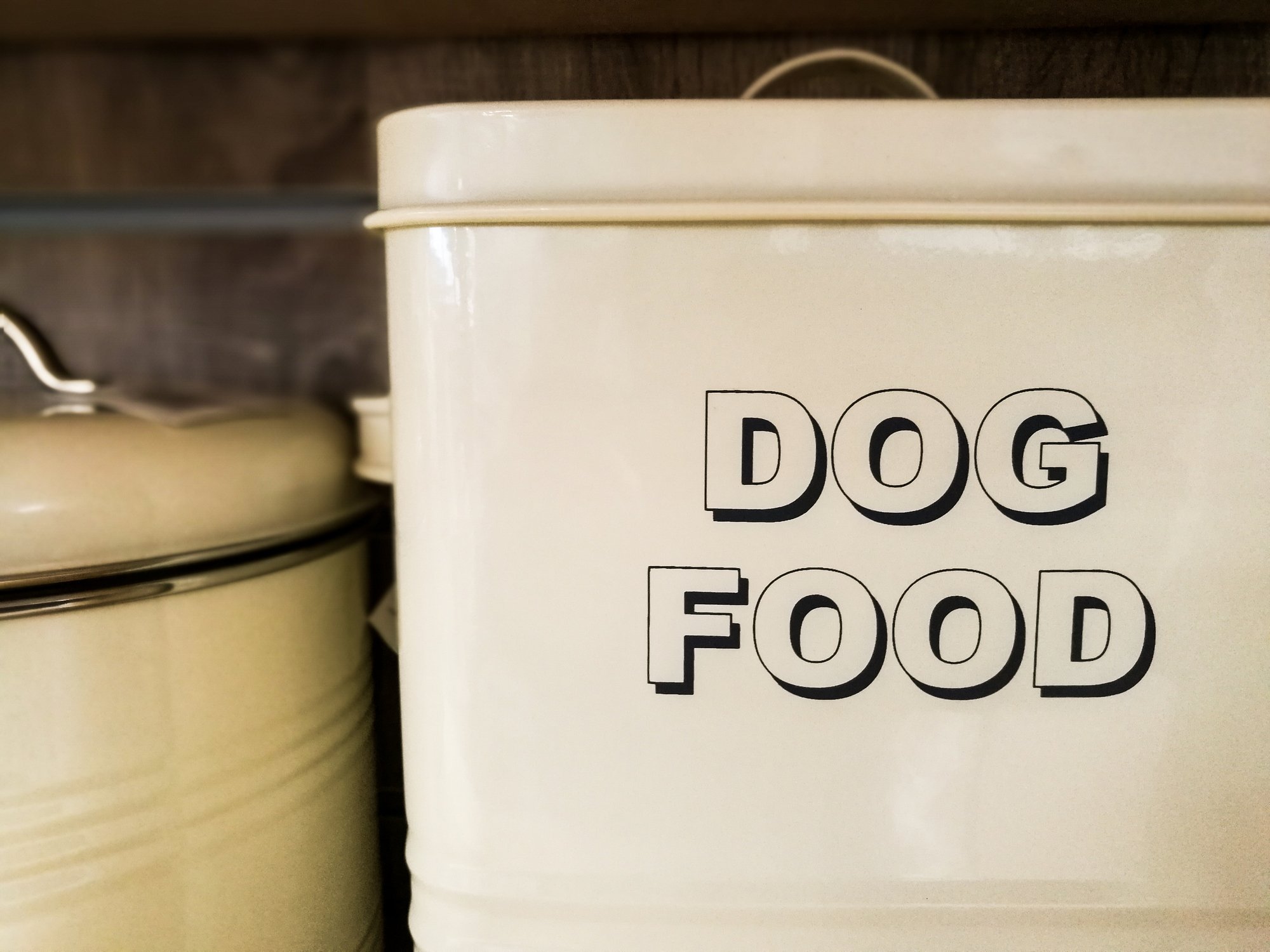
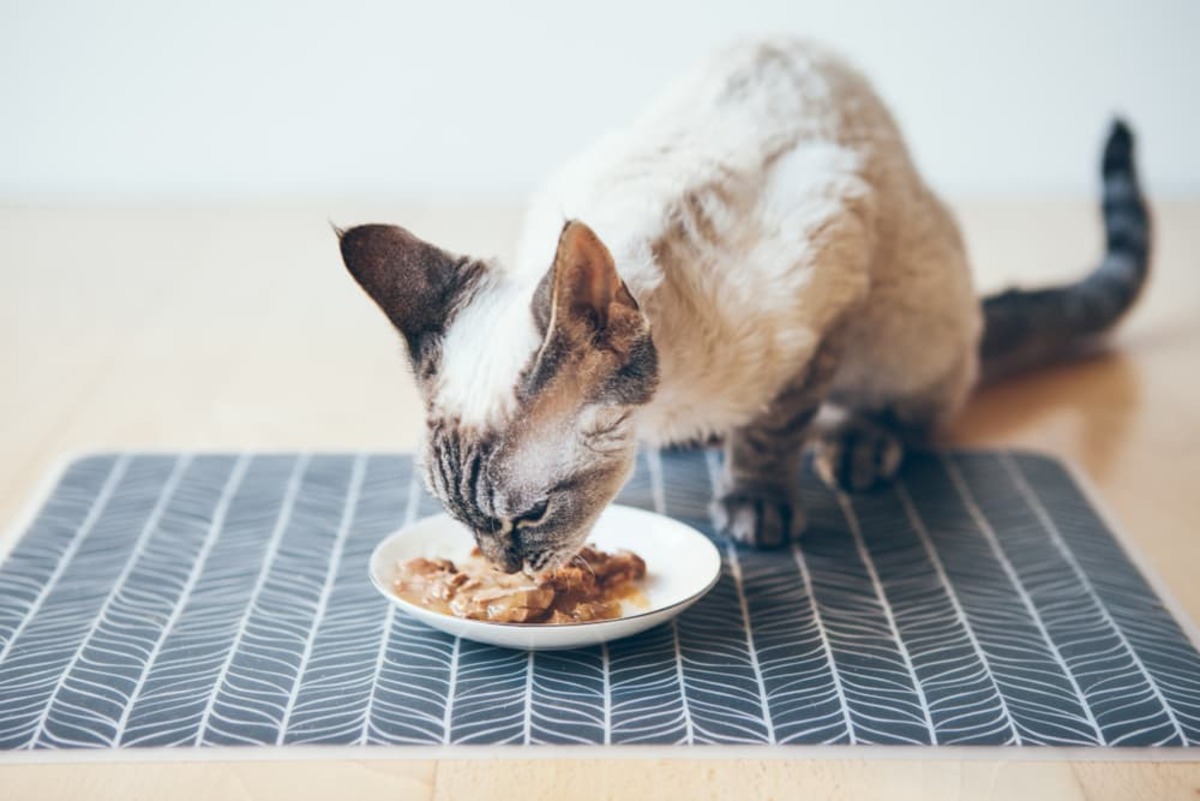
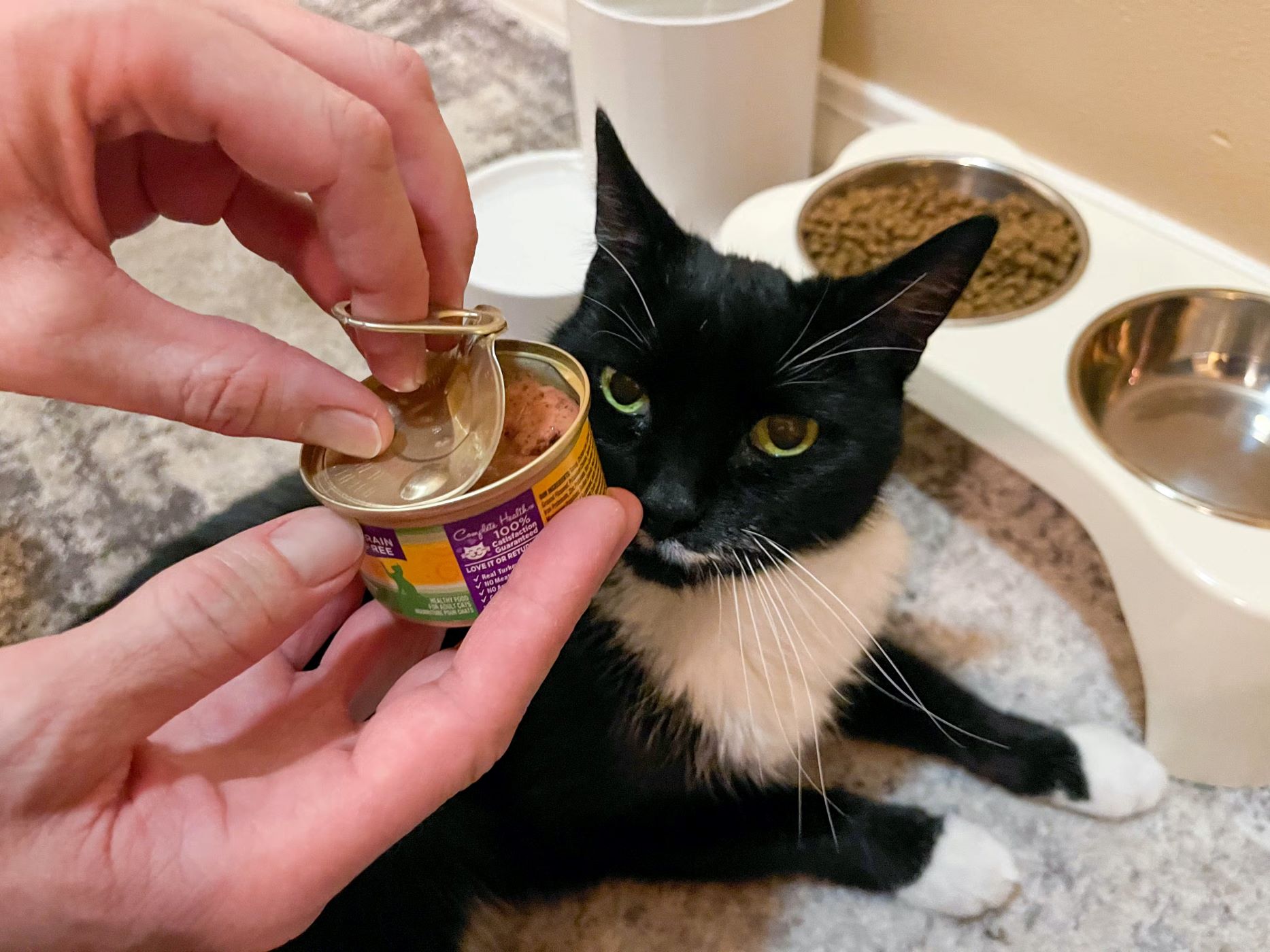
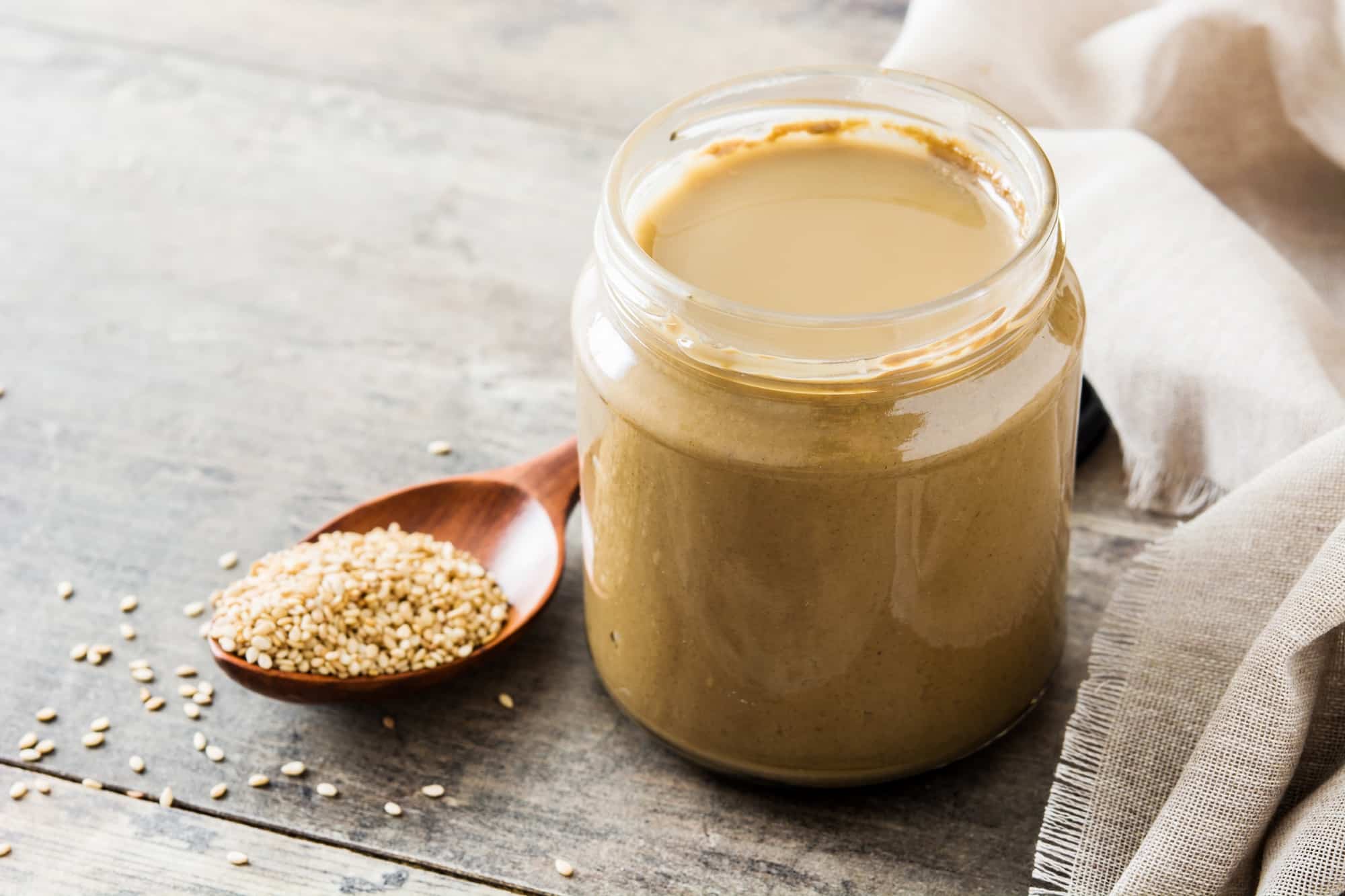
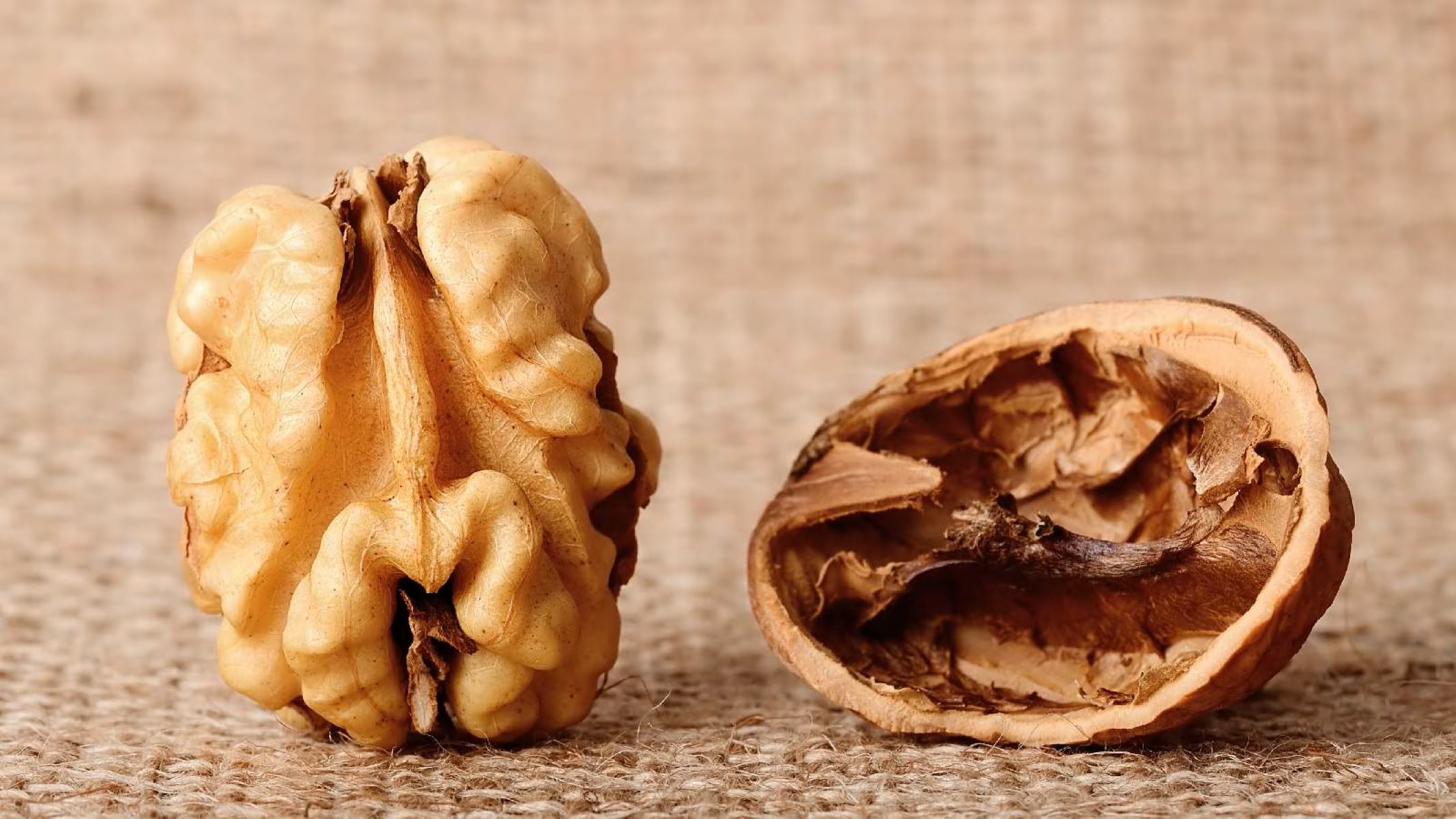

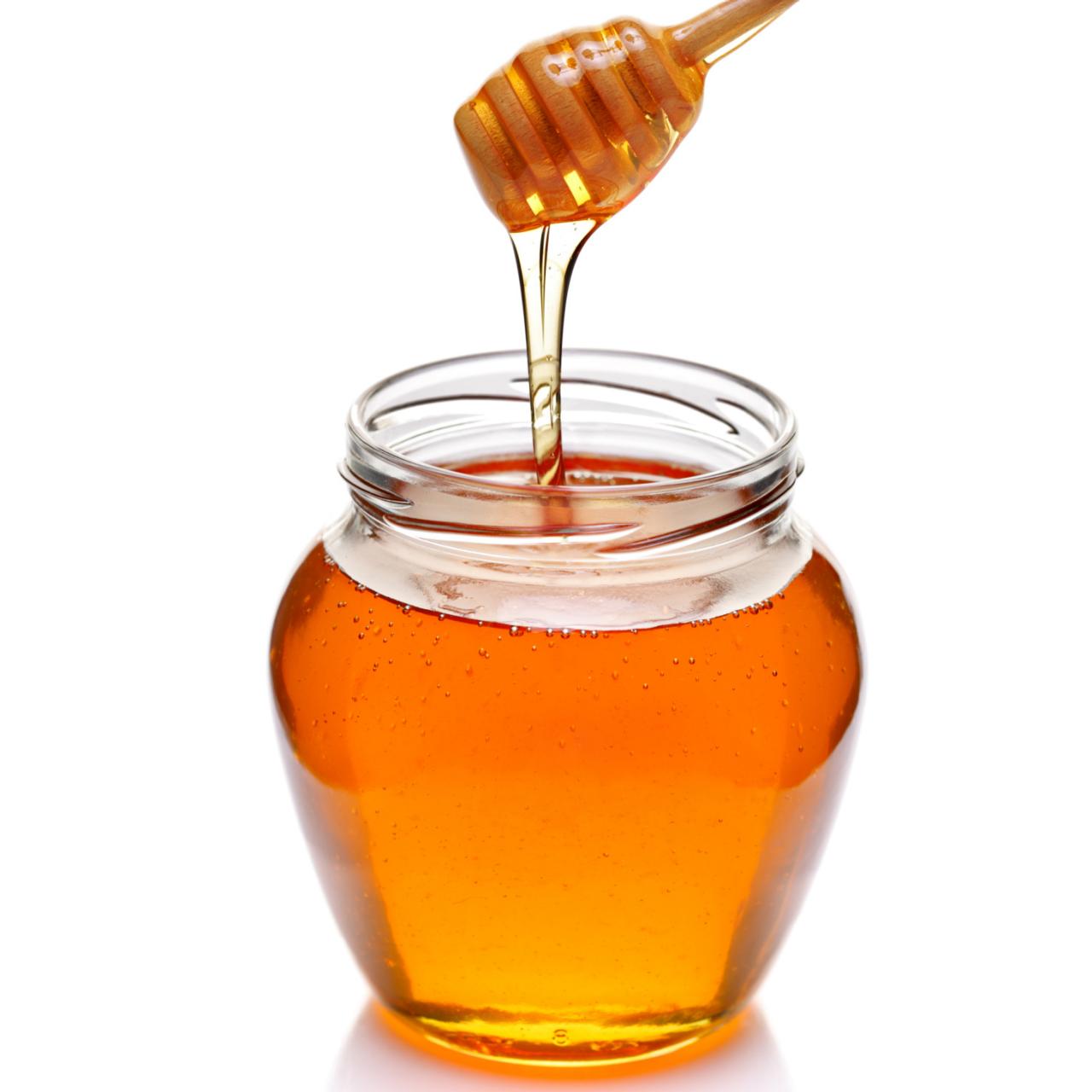
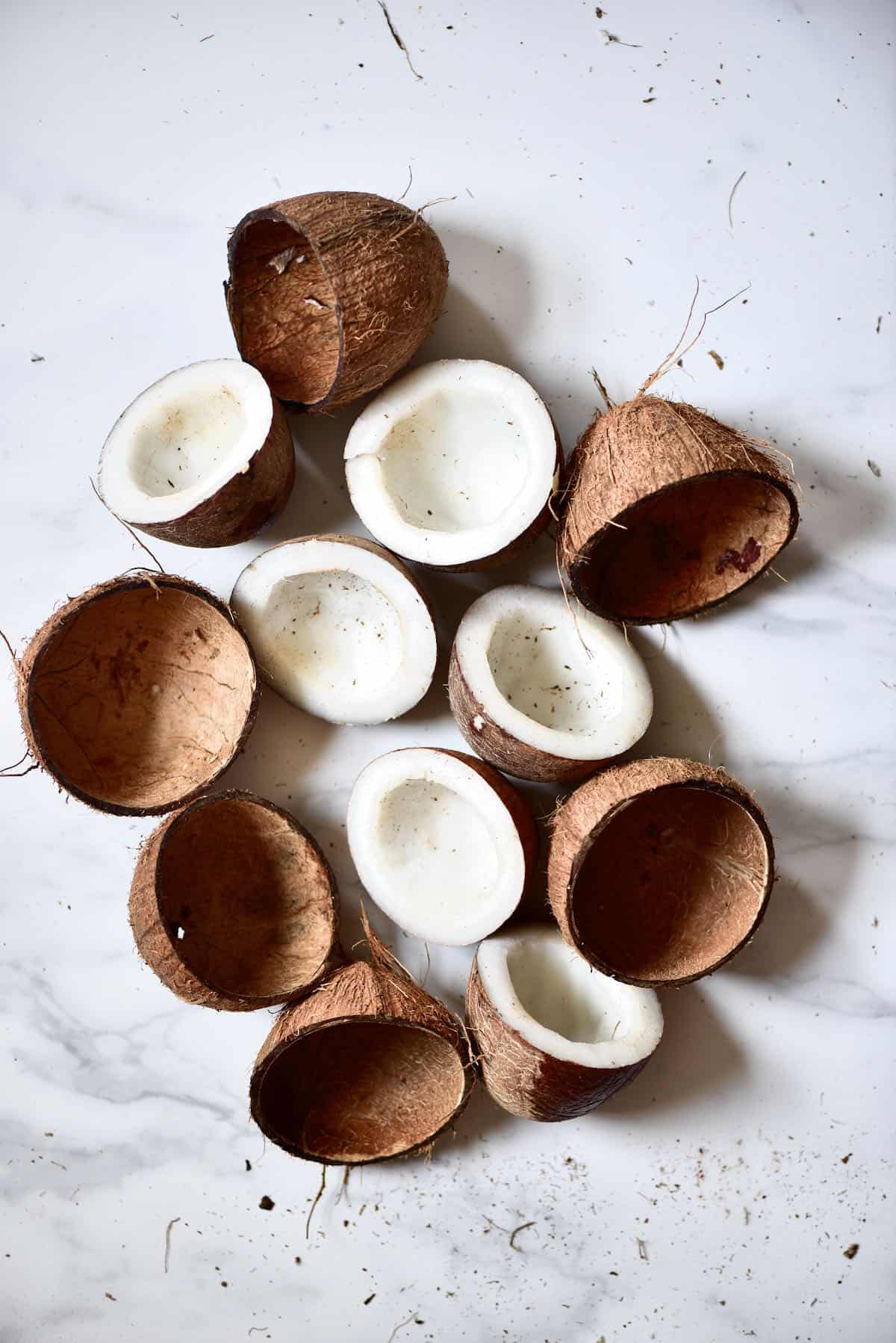
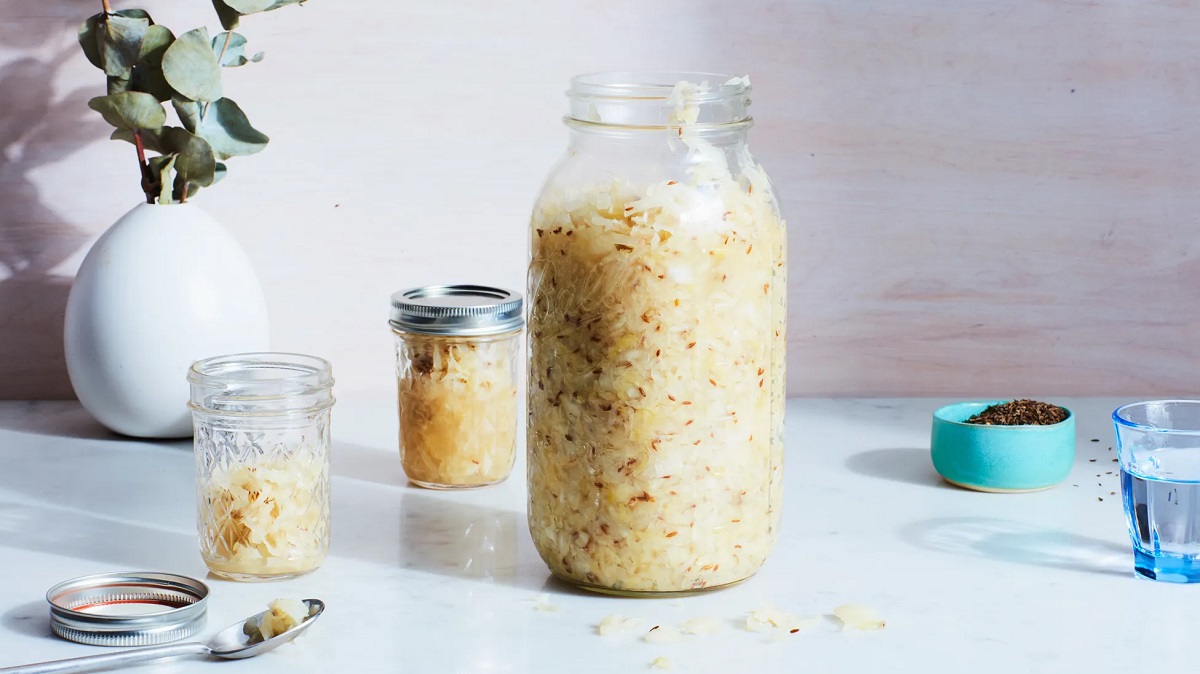
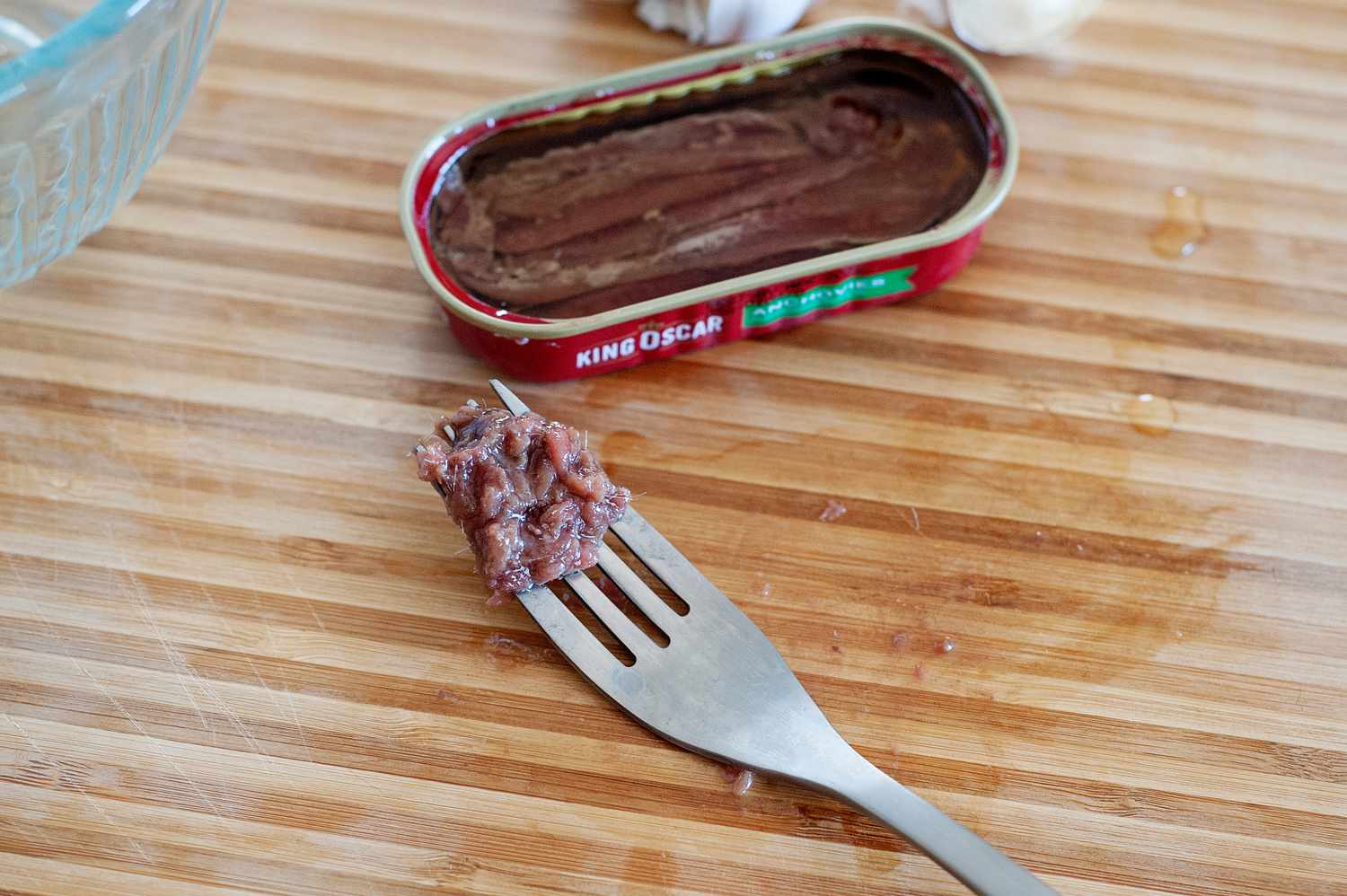
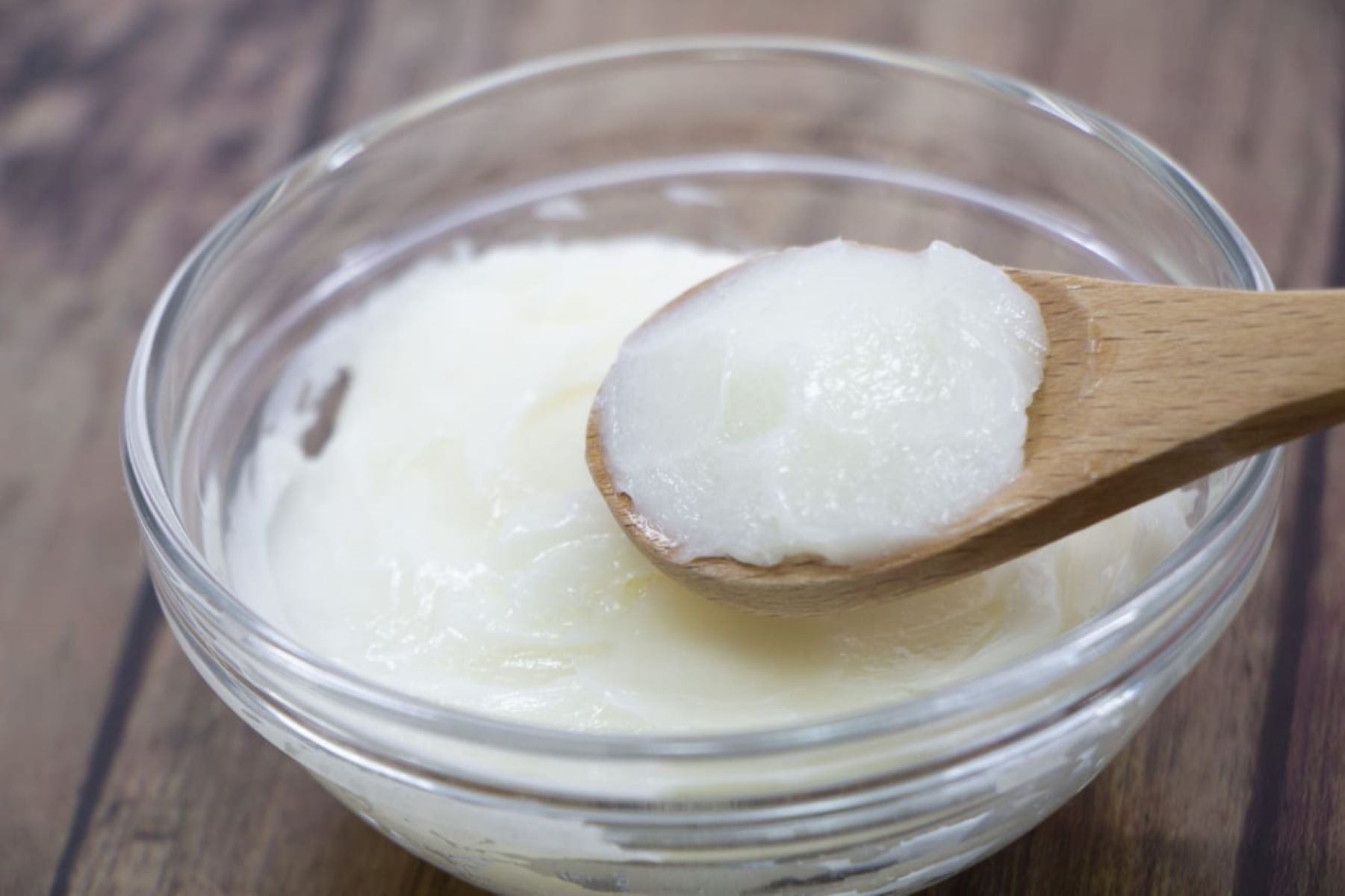
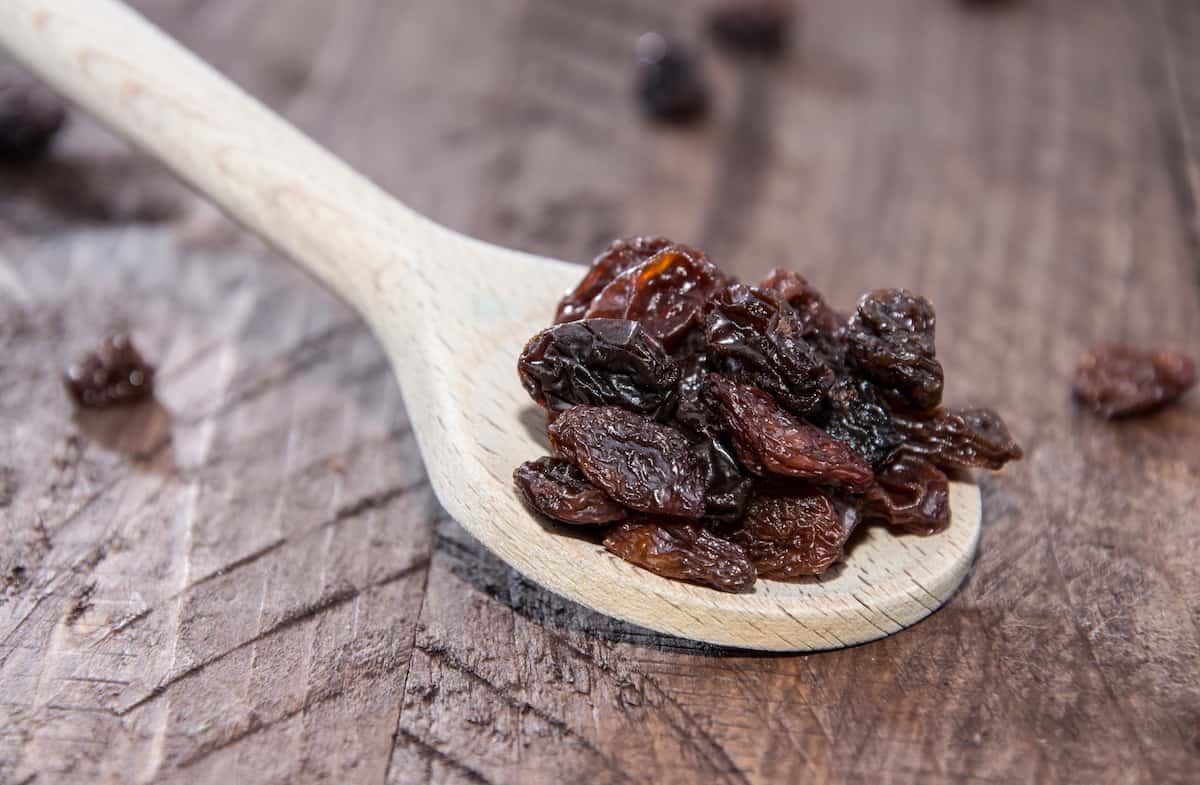
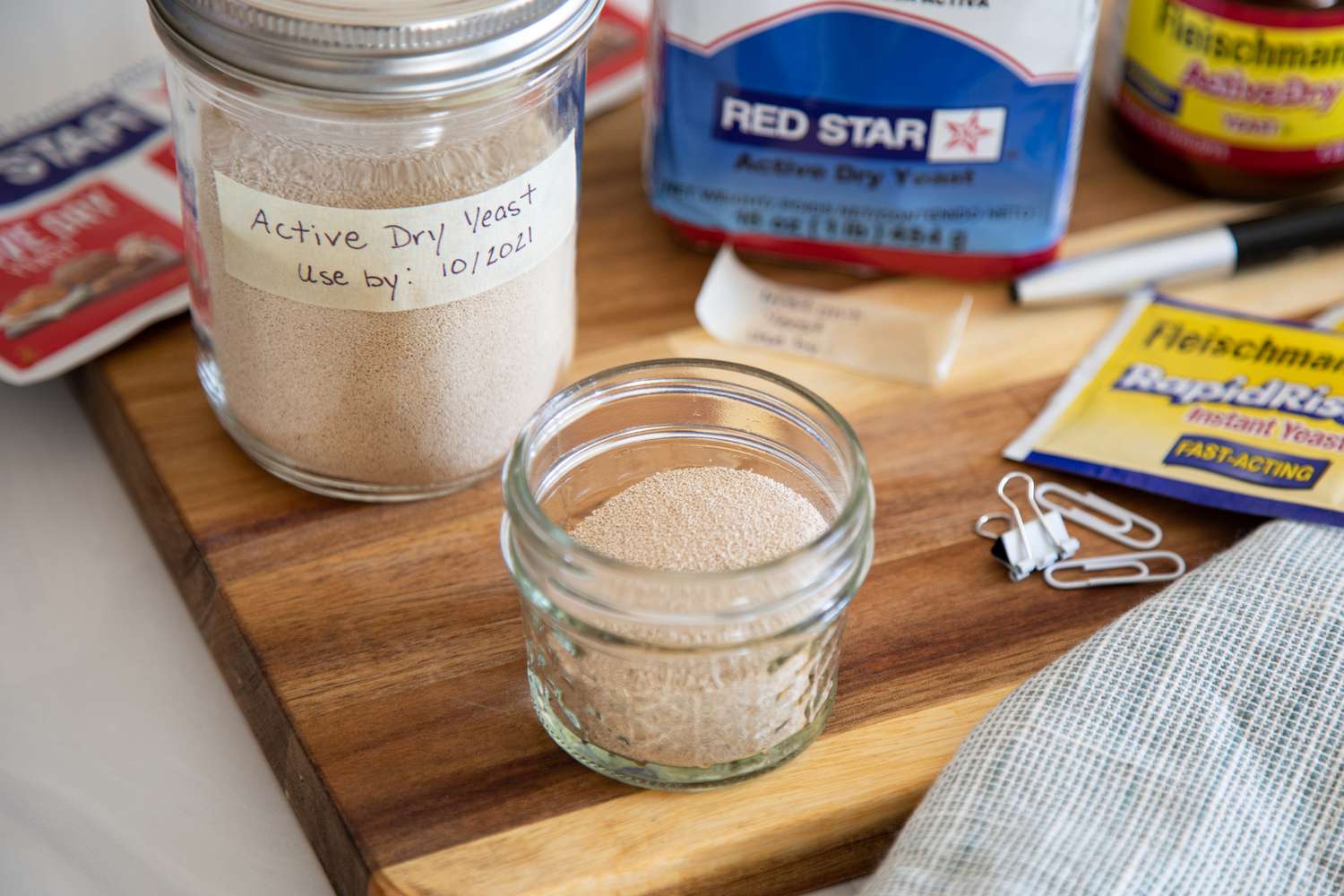
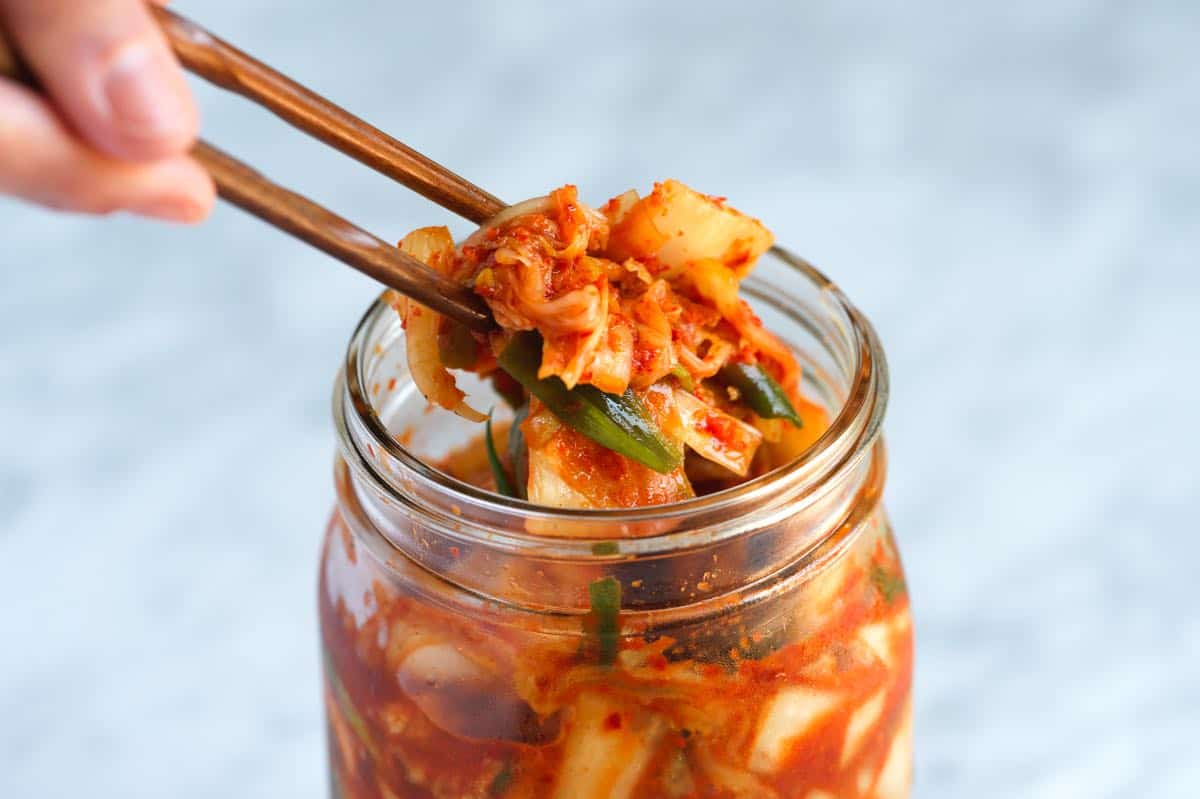

0 thoughts on “How To Store Wet Dog Food After Opening”